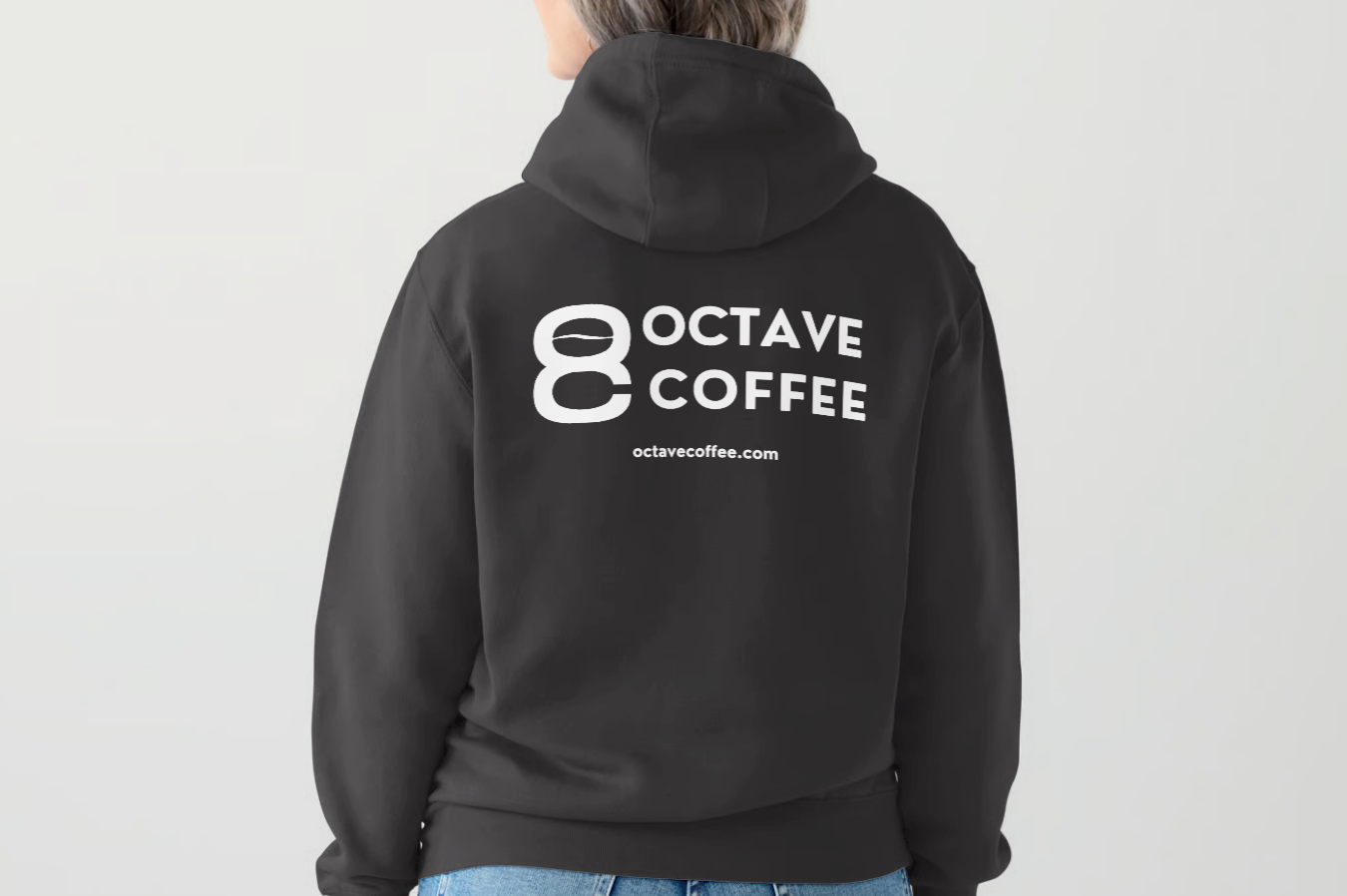
How Long is Coffee Good For?
Compartir
How Long is Coffee Good For?
Coffee is a daily ritual for millions, but how long does it stay fresh? Let’s explore its history, science, and storage tips to keep your coffee tasting great.
History of Coffee
Origins
Legend has it that an Ethiopian goat herder named Kaldi discovered coffee when he noticed his goats got extra energetic after eating certain berries. From there, monks brewed it, and the love for coffee spread.
Spread of Coffee
By the 15th century, coffee was a staple in the Arabian Peninsula. It reached Europe in the 17th century, overcoming skepticism to become a beloved drink worldwide.
Modern Coffee Culture
Today, coffee is a global phenomenon, enjoyed in countless styles—from espresso to pour-over. Coffee shops are everywhere, fueling daily life and culture.
The Science of Coffee
Chemical Composition
Coffee's magic comes from compounds like caffeine (for energy) and chlorogenic acids (for antioxidants). Roasting plays a big role in shaping its taste.
Shelf Life & Storage
| Form | How Long It Stays Fresh |
|---|---|
| Whole Beans | 2-4 weeks (airtight, room temp) |
| Ground Coffee | 1-2 weeks (airtight, room temp) |
| Brewed Coffee | 4-6 hours (room temp), up to a week (fridge) |
To keep coffee fresh: store it in an airtight container, away from heat, light, and moisture. Freezing is an option, but avoid condensation by letting it reach room temp before opening.
Conclusion
Coffee’s rich history and chemistry make it more than just a drink—it’s a culture. Keep it fresh with proper storage, and enjoy every cup to the fullest!
Related Posts
-

Embrace Italian Indulgence: A Guide to Perfect Affogato Shots
Index: Introduction Ingredients Instructions Brew Espresso the Italian Way Prepare Gelato with Italian Flair Cr...
-

Shake It Up: Octave Coffee's Shaken Espresso Recipe
Hey coffee lovers! Ready to add a little shake to your coffee game? We've got a game-changer for you – the Octave Sha...





